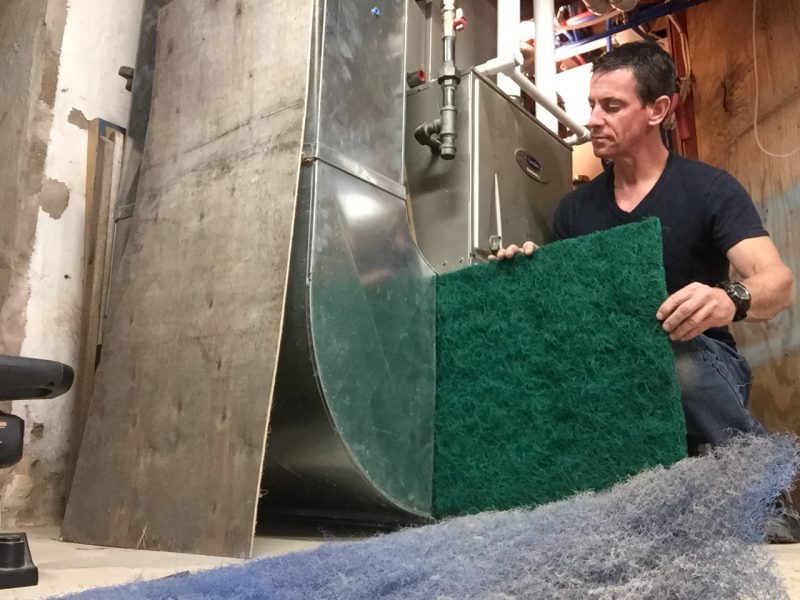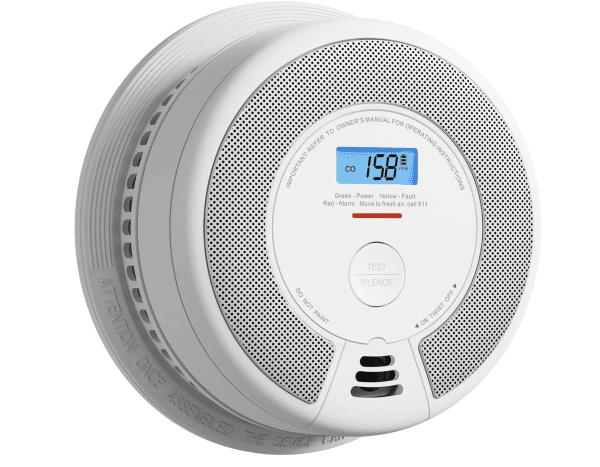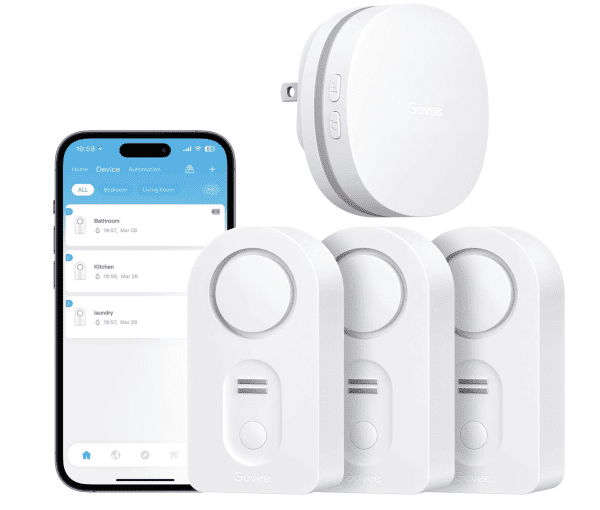Once you’ve moved into your new home, getting comfortable and turning your new house into a home is usually at the top of the list of things to do. But before you decorate, there are a few things to check and consider so you are confident that you are moving your family into a healthy home.
Sure, a home inspection should pick up most of the tasks that might need to be done, but there are a few checks to do yourself. Here are some of the vitals you need to look out for.

Test smoke and carbon monoxide detectors.
A simple but important check to start off with, these small devices can be life-saving, but you have to make sure that they are installed and work properly. After moving in, check that they are placed outside each sleeping area, near the stairs or living room. And don’t place them within 10 feet of cooking appliances.
If devices already exist, test every smoke and carbon monoxide detector in the home. Replace old batteries and check the expiration date, as they tend to require a replacement every decade or so.
Check for leaks.
If the water has been shut off for a while before you moved in, it’s important to check that your plumbing is working. Hidden water leaks can cause structural damage, promote mold growth, and inflate utility bills—enemies of a healthy home.
After moving in, open all cabinet doors and inspect under every sink for signs of dripping, water stains, or moldy smells. Call a plumber if you’re uncertain, as it can help prevent costly surprises down the line.
And if you are worried about water leaks, there are water leak sensors you can install that will notify you if there’s an issue.
Inspect the roof.
If the home inspector reported that the roof needs repair or replacement, take that advice seriously. The integrity of the home depends on a secure roof. And as your first line of defense against the weather, plan to inspect your roof twice a year–in the spring and fall–and after any big storm.
With the help of a roofing company, you can make sure that you’re aware of any missing shingles, sagging areas, or signs of damage. The sooner you repair any minor issues, the better your chances of preventing major repairs later.
Test your HVAC.
Your HVAC system is vital for a healthy home and your comfort, indoor air quality, and even your safety when extreme temperatures are hitting. It’s important to test it as soon as you get in, even if the weather doesn’t justify it just yet.
Turn on the furnace, AC, and any fans to make sure they work properly. Replace filters and check for strange noises, weak airflow, or inconsistent temperatures, as these may be signs that you need to hire an HVAC specialist.
Find emergency controls.
Even if everything in the home is working a-okay right now, you need to be prepared to jump into action if there’s an emergency. If there’s a sign of electrical problems, for instance, then knowing where your electrical panel is can help you shut off power to prevent fire risks. Similarly, be sure to identify and learn how to work your water shut-off valve to prevent water damage in the event of plumbing issues.
Peace of mind is well worth taking the time to check the healthy home vitals mentioned above. If you need a fix, it’s better to do it now than to ignore it, letting it get worse and much more expensive, possibly dangerous, and extremely inconvenient down the line.



